Taking a break from technology not only frees up time, but has real mental health benefits. Learn the best ways to do it.
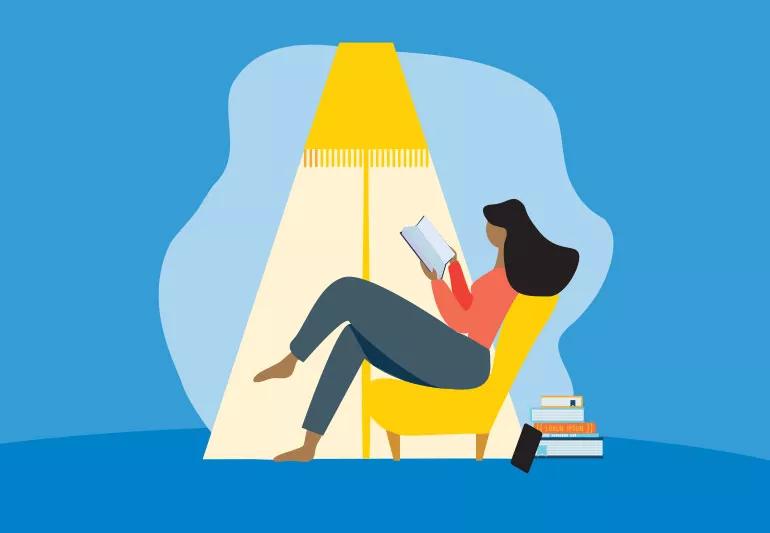
Being plugged in is a normal way of life now. If you’re like most people, your smartphone alarm wakes you up in the morning. You get ready with the TV news on and then scan your text messages. Throughout the day, you check email, chat with friends, and scroll through Facebook and Instagram. In the evening, you watch your favorite TV shows while online shopping and checking in on social media. And, at bedtime, you use smartphone apps for meditation or white noise.
Advertisement
Cleveland Clinic is a non-profit academic medical center. Advertising on our site helps support our mission. We do not endorse non-Cleveland Clinic products or services. Policy
That’s just a typical day for many people. In fact, Americans spend an average of four hours watching TV and about seven-and-a-half hours on digital devices. Unsurprisingly, so much screen time is stressing many of us out.
The solution may be a digital detox, which can provide relief from the pressure of constant connection to electronic devices. Research has found that doing a digital detox may even help improve your sleep, relationships and mood. Ready to try it? Psychologist Kia-Rai Prewitt, PhD, explains the benefits and exactly how to do a digital detox.
The definition of a digital detox is to take a break from using electronic devices or certain media for a period of time, from a few days to several months. But the specifics are different from person to person. Things people avoid during a digital detox may include:
Taking a break from viewing or engaging in social media is the most popular form of a digital detox. “Social media connects us with others in many beneficial ways,” Prewitt says. “But at the same time, it can also have an unhealthy effect on people.” Negative social media experiences can trigger anxiety and depression and affect self-esteem. This includes:
Advertisement
Doing a digital detox is a great way to find out if technology is holding you back from living your best life. The results of unplugging can be far reaching, from being more productive at work to deepening your relationships with family and friends. Benefits of taking a technology timeout include:
With frequent beeps and pop-up notifications on electronics, it’s easy to be distracted from what’s going on around you, says Prewitt. During a digital detox, you may find that you notice more in your immediate surroundings. Your brain can concentrate much better on your tasks.
For some people, too much information can be stressful. “I’ve worked with several people who were getting really upset from watching hours of news,” Prewitt says. “Once they reduced their news consumption and started doing something else, they felt calmer.”
Eliminating digital distractions creates more opportunities to pay attention to those around you. For example, without devices around at dinner, you naturally interact and connect more with your family. Or if your nose isn’t buried in your smartphone, you have the chance to meet someone new in the checkout line. And if texting is off-limits, you’re more likely to pick up the phone to chat with a friend.
Ever feel an overwhelming urge to check your smartphone or pop onto social media? You’re not alone. On average, Americans check their smartphones 96 times a day and spend more than two hours on social media. For many people, checking their phone or social media whenever there’s a few free minutes is a reflex action that isn’t based on any real need. Taking a break from digital devices or media helps you combat compulsive use.
“I disconnected from Facebook for a period of time when I was studying for my licensure exam. It was so freeing, because I wasn’t responding to alerts,” shares Prewitt. “Even though I started using Facebook again, I don’t use it as much. I still log out every day so I’m not being disrupted by alerts. I check it when I want to check it. It’s a relief because I’m not as consumed with what’s going on.”
Wondering if you need a digital detox? If using electronic media causes you to have any of the following experiences, it’s a sign that you may need to disconnect:
You also want to be wary of how your digital media use impacts other areas of your life. “If you ignore responsibilities at home or work because of the amount of time you spend online, then consider a digital detox,” Prewitt explains. “Another red flag is if you’re losing interest in being social in person because you’d rather just connect with people online.”
Advertisement
If you’re ready to begin a digital detox, follow these steps, says Prewitt:
First, determine the issue. Are you always connected to your smartphone? Does the news stress you out? Are you spending too much time on social media? Figure out which activities you want to reduce or eliminate.
Set a goal for yourself based on whether you’d like to reduce or eliminate the use of a certain device or type of media. Make it specific. Will it be all day or only at certain times? For example, you may decide to only spend 15 minutes a day on social media, put your phone in a different room at night or make Sundays a tech-free day.
It takes time to break strong digital habits. Plan to commit to at least two weeks. You want to get to the point where it feels like you’ve broken the habit.
It’s nice to have a partner, family member or close friend to encourage you and provide accountability. Share your goals with supportive people. You can even ask them for ideas on how to stop your targeted behavior.
A few days after starting your digital detox, check in with yourself on how it’s going. Beware of swapping one digital habit for another. For example, if you’re spending more time on Instagram now that you’re off Facebook, you may need to consider removing social media entirely.
Advertisement
Notice the benefits and barriers you experienced during the digital detox. What happened when you stopped watching the news for three hours straight? How did you feel when you weren’t using Facebook or Instagram? Was it easier than you thought or tough to do? Then decide if you’d like to keep any aspect of the change moving forward. For example, making it a household rule that no one uses digital media during family dinners. Or tackle changing more digital habits now that you’ve successfully completed your first digital detox.
Doing a digital detox is about taking charge of how you spend your time and energy and what you give your attention to. It helps you realize what you want more and less of so you can break unhelpful habits and create new, more meaningful ones.
Advertisement
Learn more about our editorial process.
Advertisement

It’s all about reframing a negative situation and believing minor setbacks can pave the way for something positive

Posting intimate details of your child’s life on social media, like their birth date and school name, can have serious consequences
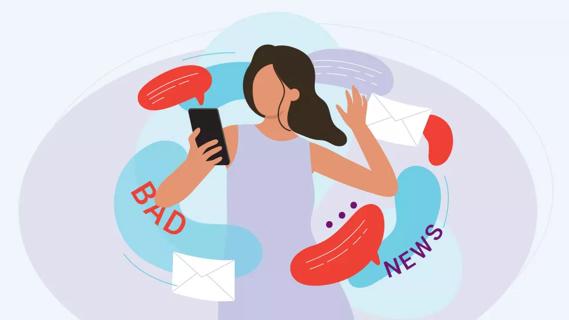
Embrace mindfulness and practice checking your phone consciously, not compulsively
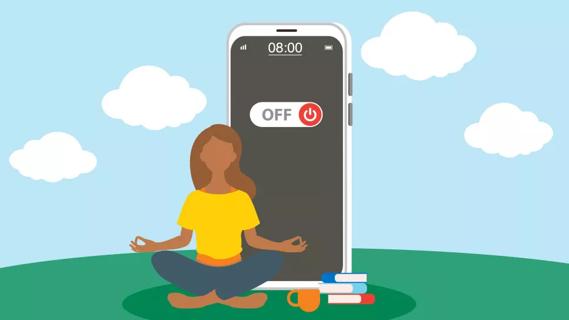
Identify your triggers, set ground rules for your break and start practicing mindfulness
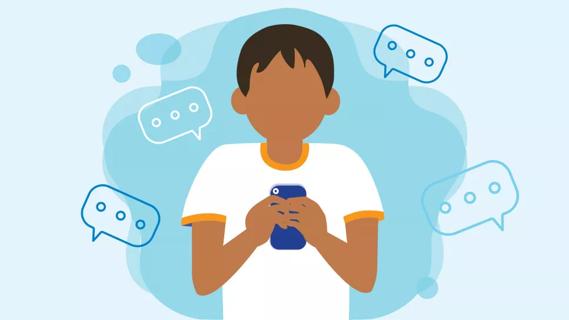
Too much screen time and unrealistic expectations and perceptions and can lead to an increased risk of anxiety and depression
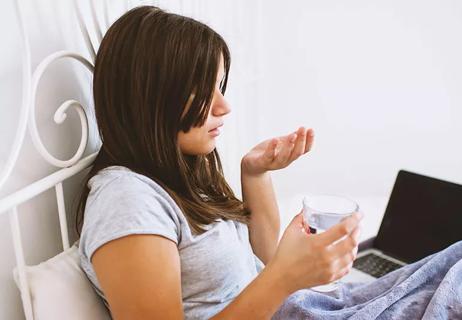
Talk to your child about the dangers these viral videos pose to their health
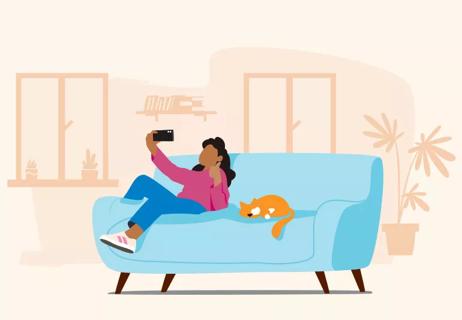
The answer comes down to your child’s maturity
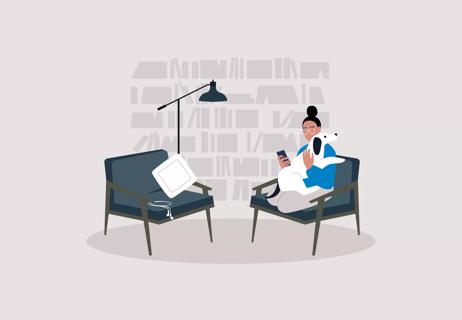
Frequent smartphone use can lead to painful issues

If you’re feeling short of breath, sleep can be tough — propping yourself up or sleeping on your side may help

If you fear the unknown or find yourself needing reassurance often, you may identify with this attachment style

If you’re looking to boost your gut health, it’s better to get fiber from whole foods